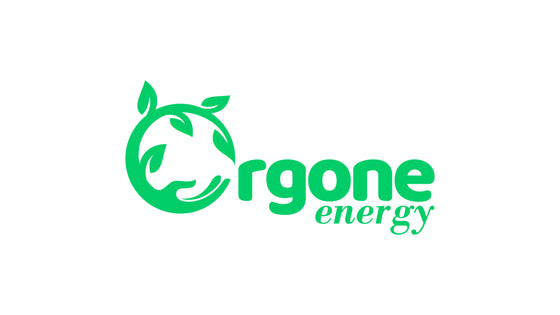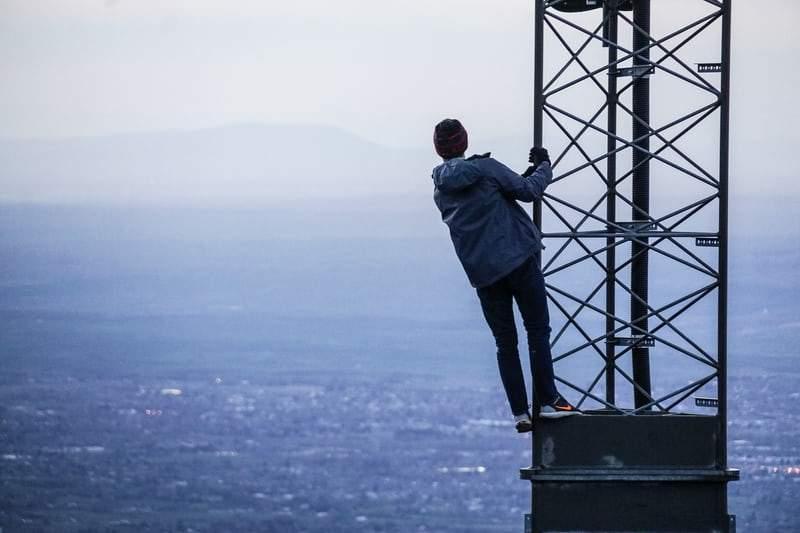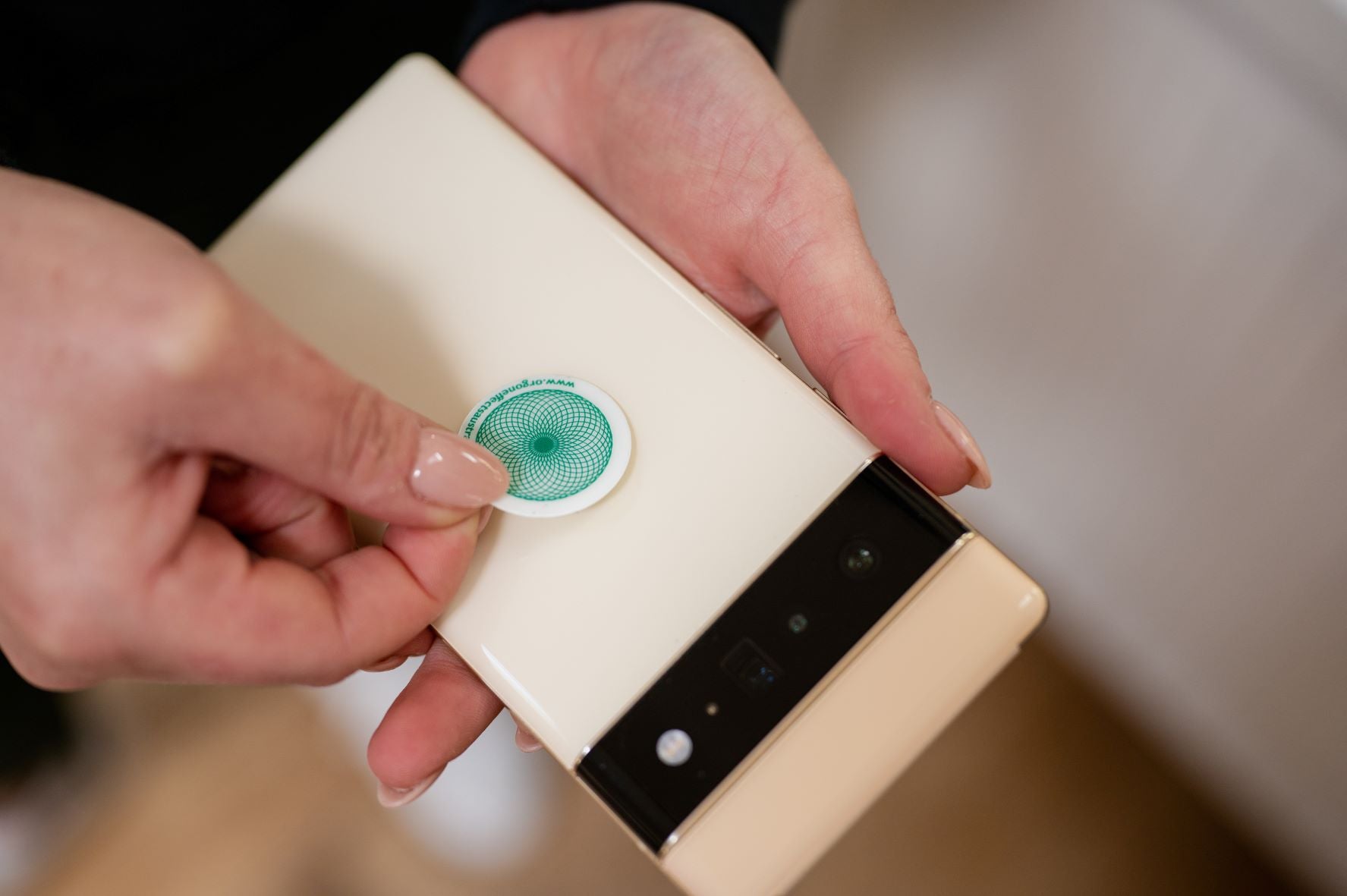7 Best 5G Cell Towers Map

As 5G wireless networks become a reality, more 5G cell towers are being installed, new 5G antennas are being added to old towers, and shorter poles are being installed such as street lights and power poles with 5G antennas for faster/greater coverage. The deployment of 5G is advancing rapidly around the world and more are being installed every day. So it’s a smart idea to know their locations. But possibly not for the reasons many people think.
While avid tech geeks can be pressured to find the closest 5G tower locations to avoid withdrawal symptoms caused by not being able to scroll freely on Facebook or selfies that don't post instantly to your social media account, low bars or slow cell phone data isn't the worst thing if you don't know where the 5G cell towers are. Worse still is the high level of invisible radiation exposure to which you are exposed and exposure to new frequencies that humanity has never been exposed to before.
So how do you know where the 5G cell tower locations are so you can avoid them as much as possible to reduce your exposure?
Where Will 5G Towers be Placed?
5G operates in a high-frequency band of the radio spectrum. High-frequency waves have a more difficult time traveling through objects and over distance. Rather than relying on widely spaced tall towers, the new 5G signals will come from smaller devices spaced an average of 500 ft apart in business districts and neighborhoods. Many of the equipment is mounted on streetlights or utility poles, sometimes accompanied by containers the size of free-standing refrigerators. There are now over 300,000 cell stations offering wireless connections, and 5G will bring hundreds of thousands, if not millions, more.
How do I Find Cell Towers in my Area?
Finding the nearest cell tower isn't as tasking as you might think. Coverage maps can be viewed in several ways, and we have information on how to find cell towers near you.
This cell phone tower map locator not only offers an intuitive user interface but also various search options. Just select your network speed, service provider, and enter your zip code or address and the cell towers closest to this address are shown. Ensure you choose the correct country where your cell phone provider is located when choosing which telecom provider you use. For instance, if you are in the United States, enter 311 for Verizon. For T-Mobile, Sprint, and AT&T, enter "310”. Enter "234" for all UK airlines. There are several other providers around the world, each with its unique identification number. This map contains a large amount of data and many classification options, including signal strength and frequency bands, which are handy for evaluating your broader microwave/radio exposure.
This website, displaying cell tower locations on Google Maps, gives you access to a comprehensive list of all cell phone towers within a 2-mile radius of your location. Even better is that accurate and legally registered addresses are provided for approved cell phone towers, along with informative statistics on tower height, transmission frequencies, construction date, and tower owner and operator.
This interactive tower location map tracks 5G deployments in cities around the world. They are updated weekly from verified sources and public data and can track the latest 5G networks from operators. The frequencies used are not differentiated, so we have no way of knowing if the same frequencies are used as in previous generations of 3G and 4G data protocols or newer 5G frequencies. It only identifies 5G locations where 5G cell phones are functional.
This website shows you an overview of all cell phone towers in the United States. The data comes from the FCC website. Simply zoom in on the tower locator map until you see the next tower.
Once a cell tower is registered with the FCC, it can be found on the Cell Towers page easily. Simply enter the state and city for your search and click "Go". A nice feature of the website search engine is its filtering feature. If you are only interested in the location of the closest Verizon Towers, simply check the Verizon Tower box. User-generated reviews and ratings based on personal experience with local cell phone reception may provide additional information.
- OpenSignal
The OpenSignal app is available for Android and iPhone, provides coverage maps for all major carriers based on data from millions of users. The app allows you to view the availability of 2G, 3G, and 4G networks (along with speeds and stats recorded on networks around the world) to accurately gauge the daily experience you can expect from your cellular device.
- Network Cell Info Lite
This app is intended for Android users only, but it is one of the top-rated tower locator apps on Google Play. The app shows you the locations of the cell towers based on their database so that you can track the signal strength in a specific area easily. The Network Cell Info Lite app can monitor cellular signals and WiFi in real-time and show you coverage maps with cellular network information and signal counters.
Are There Any 5G Towers in the United States?
All major US network providers are working hard on their 5G strategy. Verizon, T-Mobile, and AT&T have rolled out 5G networks and are extending these networks aggressively through 2019 and 2020.
Where Verizon has 5G
Verizon started small with just 2 cities using the so-called 5G ultra-broadband (UWB). In short, this version of 5G uses significant segments of the high-frequency bandwidth around 28 GHz, which creates very high speeds but suffers in other areas such as building penetration and distance coverage. While urban coverage is dense enough to be listed, outdoor coverage is only available in certain parts of the cities. Verizon has released a series of maps that can help you determine where 5G technology is available in your cities. It's a useful addition, but it highlights some of the main weaknesses in UWB coverage.
Where T-Mobile has 5G
T-Mobile began building a 28 GHz high-band mmWave network in mid-2019 before rolling out 5G on the 600 MHz spectrum. Although this low-frequency 5G is not as fast as mmWave networks, it is more convenient for users due to its large coverage area. T-Mobile’s interactive 5G coverage map makes it convenient to search for locations with 5G.
What about Sprint and Sprint Customers?
Sprint has now been renamed T-Mobile, but Sprint customers will continue to use the Sprint network for now. Over time, Sprint customers will join the T-Mobile network, but a date on which this could happen has yet to be announced.
Where AT&T has 5G
AT&T definitely has one of the most fascinating lists of cities with 5G coverage available. AT&T has rolled out most of its 5G network for commercial purposes. AT&T started with mmWave or millimeter waves, before the most recent launch of the Samsung Galaxy S20 5G with its 850 MHz low-band rollout to consumers. 5G now appears on the standard coverage maps of AT & T, making it easier to see how far this network’s coverage has come. Updating these maps takes some time. So be sure to check out the full list for the updated locations.
How Do I Know if I Have 5G in My Area?
5G has been rolled out in various locations here in the United States, but just like the dawn of previous technology generations, actual 5G coverage is largely limited to parts of selected cities. However, the adoption of 5G is gaining ground and the main question on many people’s minds is when will 5G arrive in my area? The good news is that 5G is now available in large cities through at least one cellular operator. You can use a spectrum analyzer to detect 5G towers nearby by just walking around and taking measurements. This device can detect millimeter frequencies in the range of 24 to 39GHz.
To protect your home against electromagnetic fields click here to purchase our "Orgone Energy Generators Personal Protection Special Home Pack".





